[ Systers e-shop ]
-
 Záznamy přednášek a webinářů
Záznamy přednášek a webinářů
-
 Natural food supplements
Natural food supplements
-
 What bothers me
What bothers me
-
 Christmas gifts
Christmas gifts
-
 Something extra
Something extra
-
 Sale
Sale
Bestsellers
128 items total
Brands
Form
Problematics
For whom
Nutritional specification
Form?
Skin type?
Certification
Cosmetic line (Codex Labs)
128 items to display





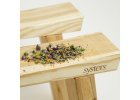
.png)



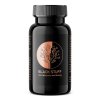
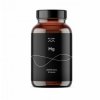





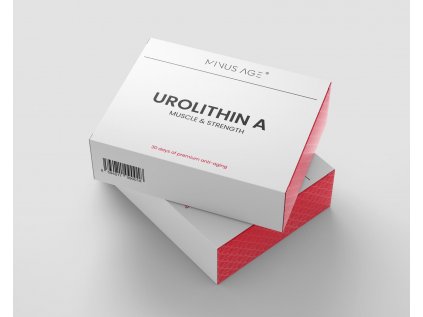




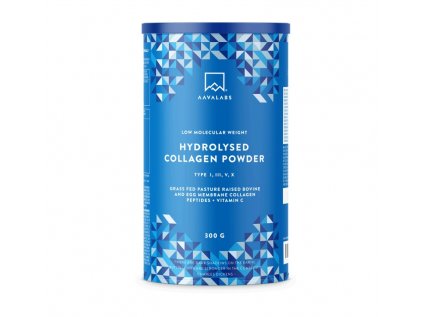



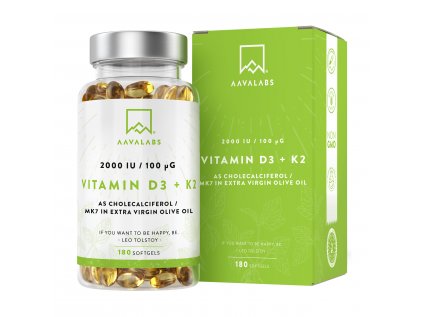





![feed srpen ilustrator [obnovený] 10](https://cdn.myshoptet.com/usr/www.systers.bio/user/shop/detail/1287_feed-srpen-ilustrator--obnoveny--10.png?65fd31d4
)
![feed srpen ilustrator [obnovený] 70](https://cdn.myshoptet.com/usr/www.systers.bio/user/shop/detail/1561_feed-srpen-ilustrator--obnoveny--70.png?65fd31d4
)
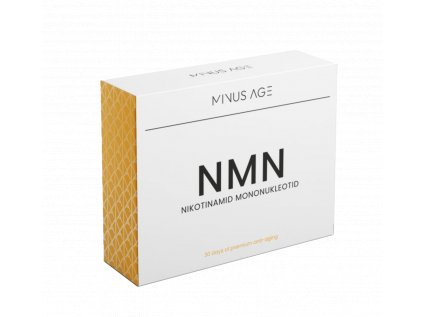
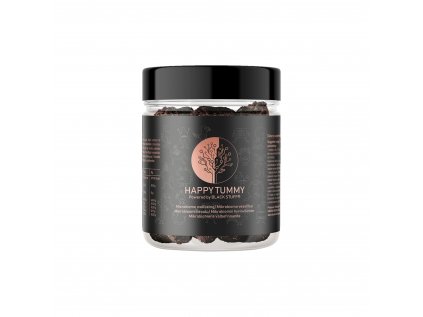

![feed srpen ilustrator [obnovený] 13](https://cdn.myshoptet.com/usr/www.systers.bio/user/shop/detail/877_feed-srpen-ilustrator--obnoveny--13.png?65fd31d4
)
![feed srpen ilustrator [obnovený] 60](https://cdn.myshoptet.com/usr/www.systers.bio/user/shop/detail/1510_feed-srpen-ilustrator--obnoveny--60.png?65fd31d4
)
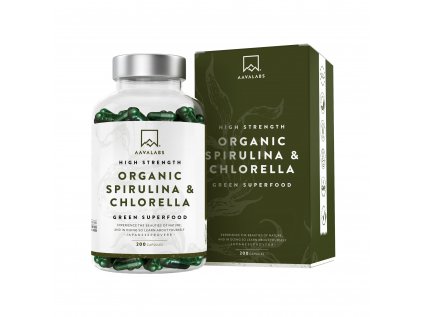
![feed srpen ilustrator [obnovený] 52](https://cdn.myshoptet.com/usr/www.systers.bio/user/shop/detail/1302_feed-srpen-ilustrator--obnoveny--52.png?65fd31d4
)

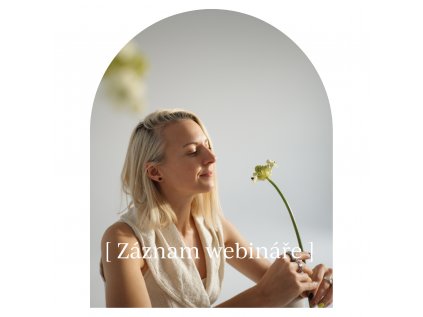
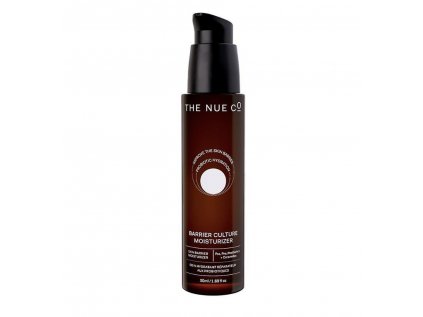
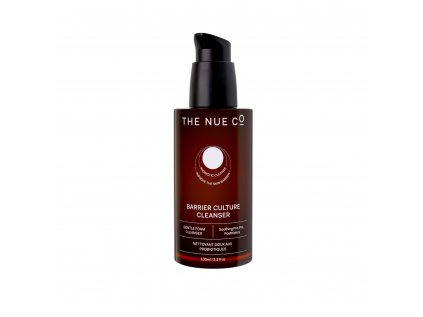

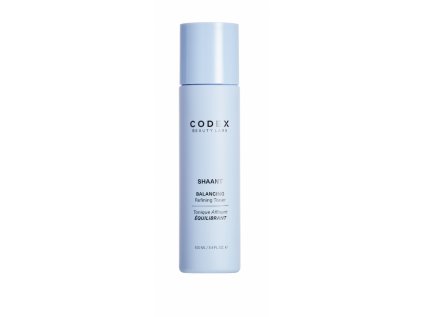
![feed srpen ilustrator [obnovený] 61](https://cdn.myshoptet.com/usr/www.systers.bio/user/shop/detail/1543_feed-srpen-ilustrator--obnoveny--61.png?65fd31d4
)
![feed srpen ilustrator [obnovený] 40](https://cdn.myshoptet.com/usr/www.systers.bio/user/shop/detail/1528_feed-srpen-ilustrator--obnoveny--40.png?65fd31d4
)
